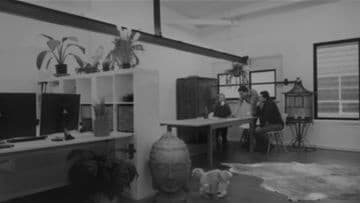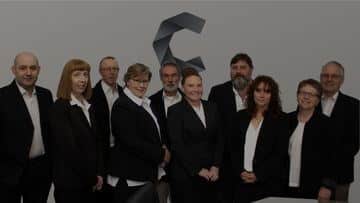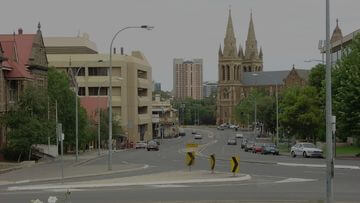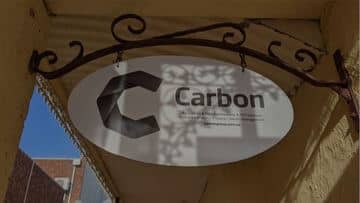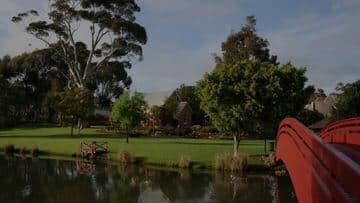Many small businesses start off as a one-person operation, often in the trades, as a mobile supplier of personal services or working from home. Others change hands because of a sale or some other circumstance. Regardless of how or why a person becomes a business operator, the structure of the business must be decided.
There are compelling reasons for this, including legal and operational risks, tax obligations and protection of assets. As the business grows, the structure can be changed but this is costly, so deciding early is important. The four most commonly used business structures in Australia are the sole trader, partnership, company or trust.
Sole Trader
The simplest and cheapest structure is the sole trader. In this situation, the person who owns the business controls and manages it, and is legally responsible for everything that happens, including any debts or losses incurred.
Sole traders can employ other people, but they are not employees of the business themselves. This is important, as personal drawings from the business are not considered to be wages that can be claimed as a tax deduction.
Partnership
In a partnership, the group of people running the business share the profits and the losses according to the terms of a partnership agreement. This agreement contains details of issues such as control, distribution of profits and losses and other operational information.
The partnership does not pay tax on the profit it earns. Each partner reports their income from the partnership in their own tax return. Like a sole trader, any drawings by a partner from the business cannot be claimed as a wages deduction.
Company
A company is a legal entity with a more complex structure than the sole trader or partnership. Initial set-up and ongoing administration costs are high. Companies are regulated by ASIC (Australian Securities & Investments Commission) through compulsory reporting requirements.
One of the attractions of this structure is the asset protection it provides but this is not absolute, as its directors can be legally liable for their actions and possibly the debts of the company.
Trust
Setting up a trust can be expensive, as it requires a legal document called a trust deed, which sets out how the trust will operate. A trustee is legally responsible for its operation, and that trustee can be an individual or a company. The beneficiaries receive any profits from the trust.
The tax situation relating to a trust can be complex. While the trust must lodge an annual tax return, it is how the income is distributed that determines if the trust pays tax.
A Few Things in Common
For all four structures, there are some commonalities. For example, each structure requires a tax file number to lodge the annual tax return, to apply for an ABN (Australian Business Number). It must be registered for GST (Goods and Services Tax) if the annual GST turnover is $75,000 or more.
Get Professional Advice
There are many other issues that make it important for new business owners to get professional advice before they decide on their business structure. Getting advice from an accountant or business advisor such as Carbon Group will help you decide which structure is right for your business





